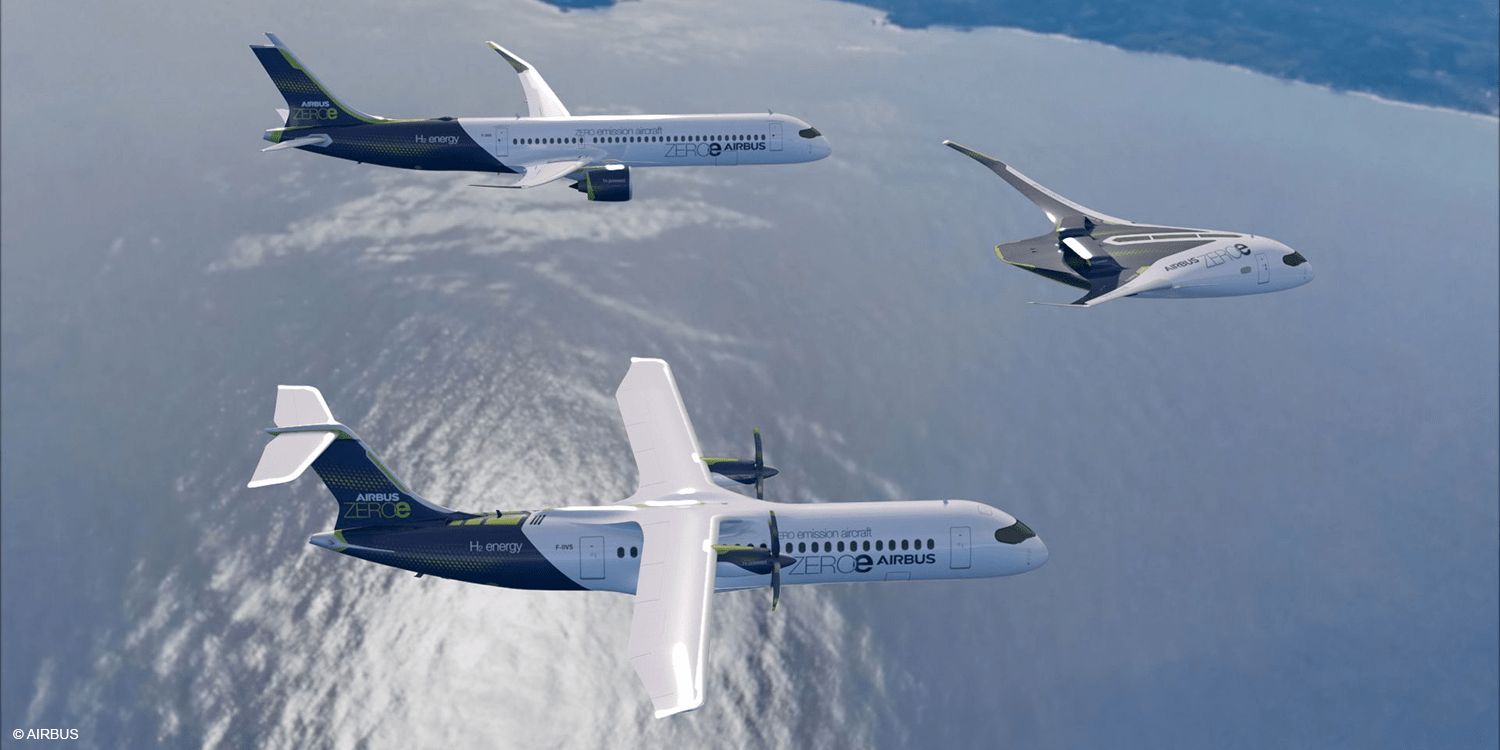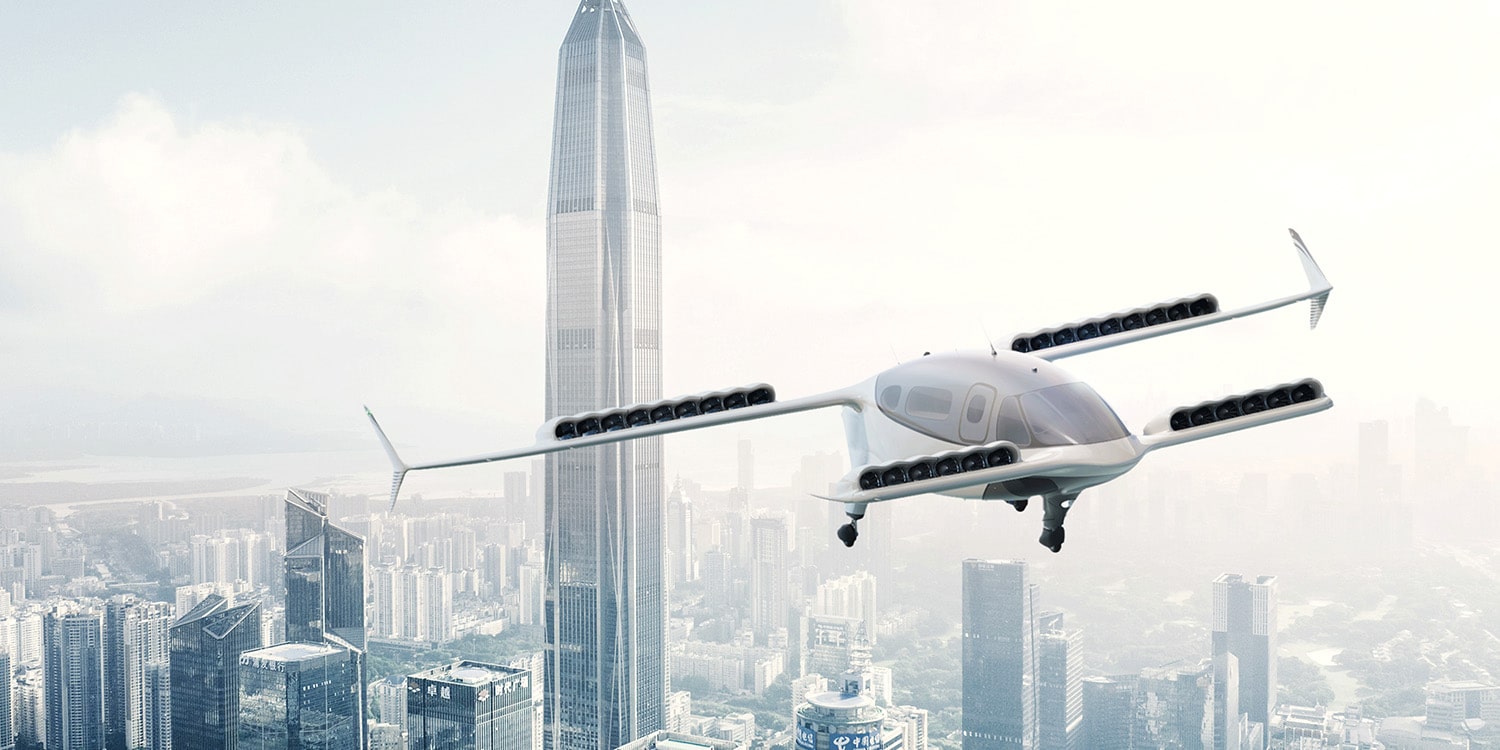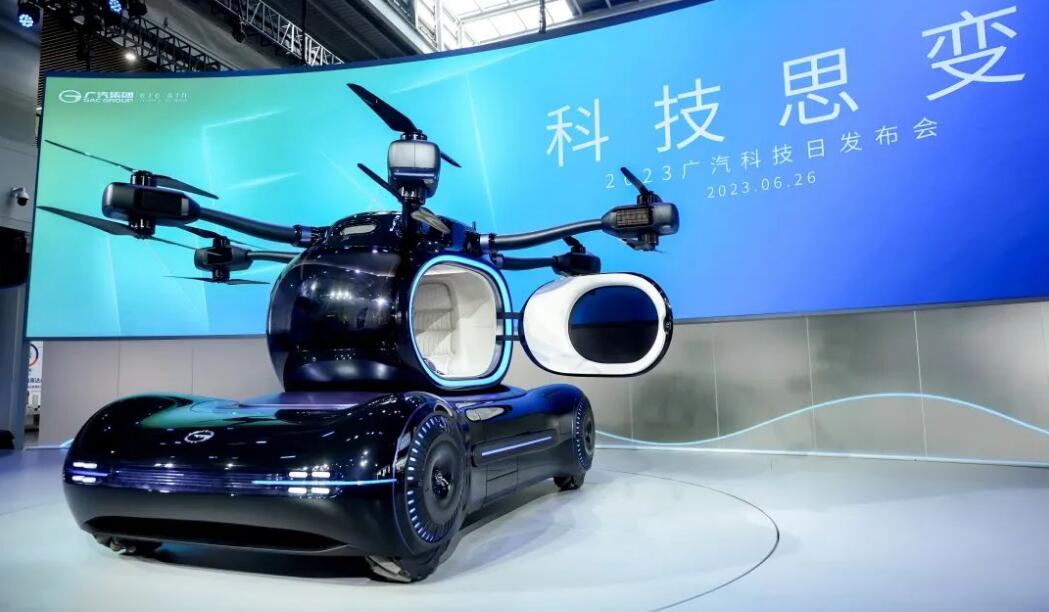Massachusetts Institute of Technology (MIT) has made significant progress in the development of a groundbreaking electric drive system, which could serve as a pivotal step toward the electrification of larger aircraft. With an output of one megawatt, the newly designed motor showcases promising potential for the future of aviation.
A dedicated team of researchers at MIT has successfully designed and tested the main components of the electric motor, bringing the project one step closer to fruition. Initial calculations indicate that the integrated components have the capability to function collectively, generating a remarkable one megawatt of power. Furthermore, the motor’s weight and size are anticipated to be on par with existing small aircraft engines, enhancing its competitiveness in the industry.
Remarkably compact, the MIT electric motor and power electronics are comparable in size to a standard suitcase, weighing less than an average adult passenger. This convenient form factor enables the motor to be seamlessly combined with a battery, fuel cell, or hybrid-electric propulsion systems, providing flexibility for a range of applications. Initially, MIT envisions regional aircraft as a potential implementation for this innovative technology. However, if the drive system can be scaled up to multi-megawatt capacities, it has the potential to facilitate the electrification of larger passenger aircraft, revolutionizing the realm of electric mobility in aviation.
Professor Zoltan Spakovszky, an esteemed figure in Aeronautics and the Director of the Gas Turbine Laboratory (GTL) at MIT, leads the project and emphasizes the significance of megawatt-class motors in the pursuit of sustainable aviation. He states, “No matter what we use as an energy carrier — batteries, hydrogen, ammonia, or sustainable aviation fuel — independent of all that, megawatt-class motors will be a key enabler for greening aviation.”
MIT’s groundbreaking development paves the way for a greener future in aviation, where cutting-edge electric drive systems hold the potential to revolutionize the industry and reduce its carbon footprint. As further research and advancements unfold, the path to large-scale electrification of aircraft appears increasingly tangible.







